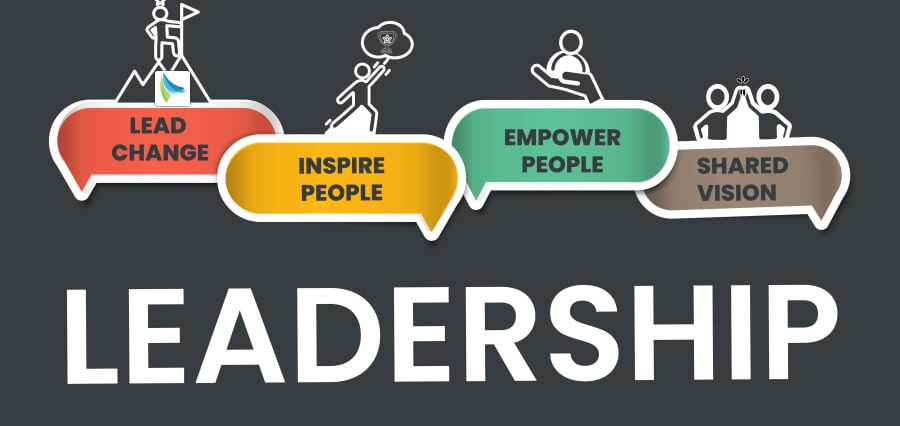The world today, which is more dynamic and fast-moving every day, witnesses its building sector deeply transforming. At the center of it all is tech-enabled construction, a new method that combines emerging technology with conventional ways of constructing. From 3D printing and drones to artificial intelligence (AI) and Building Information Modeling (BIM), the face of construction is changing in thrilling ways with the promise of greater efficiency, greater safety, and most importantly, greater return on investment (ROI).
But what does ROI mean in terms of tech-enabled construction? It’s not solely about cost savings, though that’s a big part of it. ROI here applies to value over the long term, sustainability, workforce optimization, and customer satisfaction.
This article explores the financial and operational gains of bringing technology into construction in depth, explaining why this moment in time is ideal for the sector to accept this change.
Redesigning Efficiency with Technology-Powered Tools
The most convincing advantage of technology-based construction is the dazzling increase in operation efficiency. Traditional construction operations are often beset with delays, rework, and communication failures among stakeholders. Through applications like BIM, project teams can model and simulate all project elements before actual work starts. This allows for detection of design conflicts at the beginning stage, enhance the planning of resources, and deliver more precise timeliness.
In fact, studies have shown that BIM itself can reduce rework by as much as 40%, a profit-devouring expense that savages profit margins. When construction companies leverage BIM together with other technologies like scheduling software and real-time communications software, they cut redundancies and accelerate project completion—feeding into the bottom line immediately.
Labor Productivity and Workforce Optimization
The building sector has always suffered from shortage of manpower and fall in productivity. Technology-enabled building brings solutions that can bridge the gap. Wearable technology, for instance, not only helps workers’ safety by monitoring life signals and body motion but also facilitates site managers to better manage human resources.
Automation and robotics have also been revolutionary. Brick-laying machines, concrete-pouring machines, or repetitive task machines allow for human employees to accomplish the more skilled half of the task. This means fewer errors, less wear, and ultimately, improved quality. Add in the cost advantage of reduced downtime, fewer accidents, and higher production, and the ROI is self-explanatory.
Cost Savings Through Predictive Analytics
Imagine having the power to foresee construction delays before they occur or understanding which materials will result in future quality issues. Predictive analytics powered by AI brings this into focus. With analysis of historical project history, weather conditions, and supplier data, companies can make fact-based decision-making that wipes out costly mistakes and delays.
Technology-empowered construction uses these learnings to keep projects within budget and on schedule. For example, AI can make procurement more logical by allowing optimization of when to order materials, so material waste and storage cost are minimized. In total throughout the lifetime of a project, these small improvements on an aggregate basis allow considerably better ROI.
Improved Communication and Coordination
Construction is a multitude of stakeholders owners, architects, engineers, contractors, and suppliers. Miscommunication among them typically results in wasteful errors and time-guzzling delays. With mobile apps and cloud platforms, construction-enabled technology allows for real-time communication and data sharing among each team.
All members see the latest drawings, change orders, and site data, preventing miscommunication and ensuring consistency. Such team collaboration efficiency leads to faster decision-making, greater openness, and more secure working relationships—benefits to project outcomes and bottom-line performance.
Sustainability as a Long-Term ROI Driver
Green building is no longer trendy. Better still, tech-construction is also making the industry step up its game when it comes to green building. Technologies like smart sensors can monitor energy consumption in real time, while prefabrication processes reduce waste and enhance quality control.
Investors and clients are finding more and more to appreciate about green building methods, which ultimately find their way into premium property value at full price and increased marketability. In this way, that initial investment in green, technology-driven initiatives reaps rewards in lowered operating costs, tax incentives, and improved brand stature.
Real-Life Success Stories
A few construction firms worldwide have already benefited from technology-construction. Take an example of a European infrastructure firm that implemented drone surveying and BIM to a big highway construction project. They achieved a 25% reduction in the duration of the project and saved millions of dollars on labor and material costs.
Similarly, a U.S. mid-size commercial contractor used wearable safety technology and artificial intelligence-based project management software to decrease in-workplace injury by 60% lowering insurance costs considerably and the cost of lawsuits. This is not an isolated case but one component of a growing trend that moves toward embracing the fact that technology enhances profitability and minimizes risk.
The Human Element: Empowering a Modern Workforce
Where technology-based construction will undoubtedly lead people’s imaginations to visions of job loss, however, the reality is the opposite. Technology is, instead, enabling the workforce to become more skilled and more sophisticated and play more significant roles. The future construction worker is as likely to fly a drone or manipulate a digital model as he is to be likely to likely wield a hammer.
Training programs and partnership between contractors and technologists facilitate employees to transition to this new era. Investment in people and platforms allows for seamless and interactive adoption of technology—another example of how ROI is strengthened through enhanced worker happiness and retention.
Conclusion: Building Smarter, Building Better
Use of technology in construction is no longer a trend, but a revolution. Technology-based construction maximizes each phase of a construction project, from design to delivery. Such equipment, if used by organizations, not only saves money, but also quality, safety, and sustainability.
Ultimately, the ROI of technologically enabled buildings isn’t in the bottom line. It’s in healthier customers, safer employees, smarter buildings, and a more resilient business model. To forward-thinking leaders who want to future-proof their companies, accepting this change isn’t a choice, it’s a strategic imperative.
Read Also: Digital Innovation Driving India’s Real Estate Market Transformation











